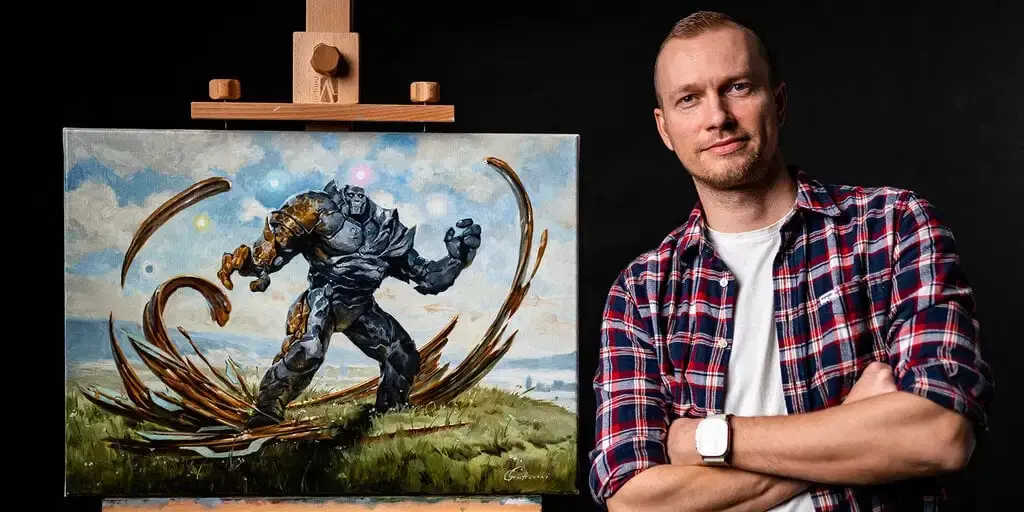Greg Rutkowski, a digital artist known for his surreal style, opposes AI art but his name and style have been frequently used by AI art generators without his consent. In response, Stable Diffusion removed his work from their dataset in version 2.0. However, the community has now created a tool to emulate Rutkowski’s style against his wishes using a LoRA model. While some argue this is unethical, others justify it since Rutkowski’s art has already been widely used in Stable Diffusion 1.5. The debate highlights the blurry line between innovation and infringement in the emerging field of AI art.



There’s absolutely no debate, legal or otherwise.
Theft, by definition, requires you to deprive someone of something. That simply cannot happen when you copy stuff. That’s why it’s called copyright infringement and not theft.
You can only steal art by physically stealing an art piece - then and only then it’s theft.
What do you mean there is no debate? You’re debating it right now.
As far as legality is concerned, the current legal paradigm very much views copyright infringement as theft, specifically the theft of intellectual property, which is viewed as a subset of property, which is the type of thing that can be stolen.
You might assert that the only type of theft is the theft of physical objects, but that would certainly be a controversial assertion and it would not reflect the legal opinion of any country I’m aware of. Why do you think it is that theft only applies to uniquely identifiable physical objects? Why can’t theft simply be taking something that belongs to someone else without their permission?
Plenty of artists view it as theft when people take their work and use it for their own ends without their permission. Not everyone, sure. But it’s a bit odd to state so emphatically that there is no debate.
😀 just want to note theres a call out to this debate in the Wikipedia page on copyright infringement. I promise I didn’t add that paragraph there. https://en.wikipedia.org/wiki/Copyright_infringement